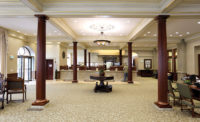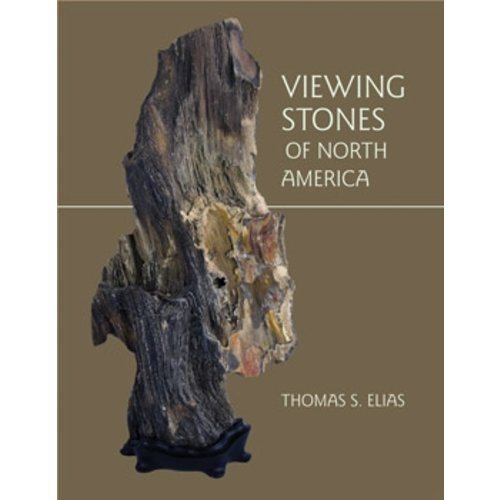And while this is a nice story to tell, there is also something to be noted for the “regular” stone industry - that is, those of you out there who aren’t working on landmark projects. At a time when homeowners are always asking for something that is “one-of-a-kind” for their countertops (i.e. something their neighbors don’t have), the story behind the stone just might be a difference maker.
No other building material has the history of natural stone, and this can certainly be exploited in the countertop trade. Going beyond Carnelian, think of materials like Stony Creek granite from Connecticut, which was most famously used for the base of the Statue of Liberty, among other landmark architectural works. This quarry recently changed hands, and the new owners are eager to work with the fabrication market sector.
Also from New England, Bethel White granite has been used for prominent structures such as the Vermont State Capitol and the Grand America Hotel in Salt Lake City, UT, which was built in anticipation of the 2002 Winter Olympic Games.
Among more recent landmarks, Jet Mist granite was used for the U.S. Air Memorial in Alexandria, VA, and it certainly can be used for countertop applications.
Going beyond granite, the producers of domestic white marble have been working diligently to promote this material for kitchen countertop applications - thus giving homeowners the opportunity to bring in the same materials that were used for countless national landmarks - including the Lincoln Memorial and Jefferson Memorial, to name just a couple. I should point out that the stone producers marketing white marble for kitchen countertops have been careful to point out the simple maintenance steps - such as sealing on a regular basis - that can be taken to ensure that these marble countertops are as durable and long-lasting as any material in the world.
Obviously, the few materials I have mentioned above are a mere sampling of the many American stones that have forged a place of significance in our nation’s history, and that aspect will certainly appeal to a certain segment of the marketplace if the story is conveyed.
Of course, this isn’t to say that the “exotic” stone materials from locales around the world don’t have their own story to tell. But when everyone is trying to get an angle on the competition, maybe this concept will strike a chord with certain clients. After all, Corian hasn’t been used to build any national monuments in this country - at least not yet.







